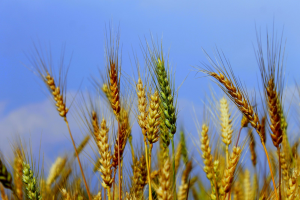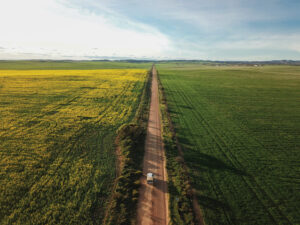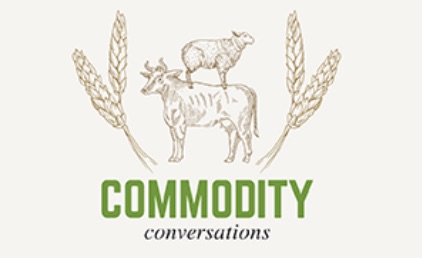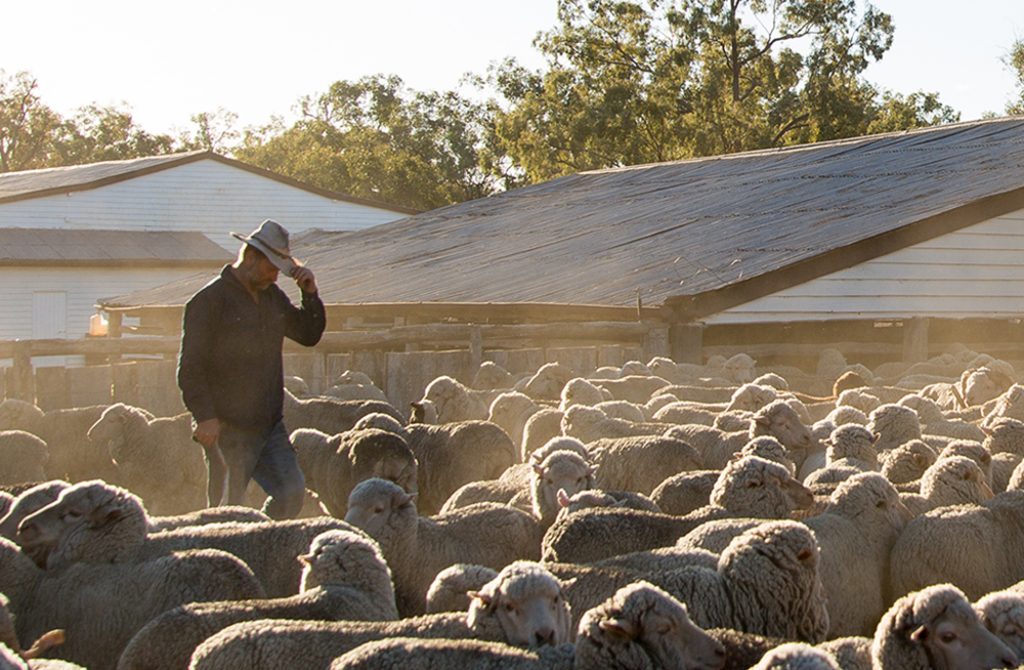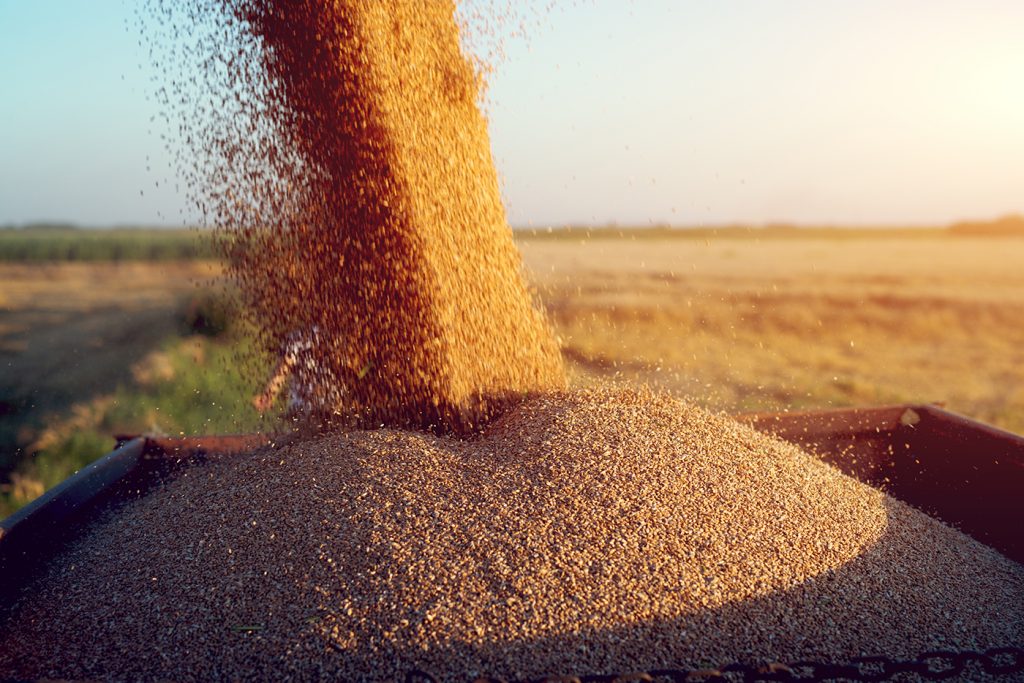Canola prices are strong historically, but also very volatile. We had a request this week to assess the short to medium-term outlook for canola. Like all commodities, it’s a pretty murky situation, but we can bring together the fundamentals and see how it looks.
Local canola prices are driven by several factors. Australia usually produces an exportable surplus, and the base price of canola is set by the international market. MATIF (Marché à Terme International de France) Rapeseed Futures largely drives our values.
MATIF Rapeseed is part of the wider oilseed complex, which is driven by the supply and demand of soybeans and palm oil. Oilseeds can be impacted by oil and gas prices through biodiesel production. Locally canola prices are set by domestic supply and export demand. There is some canola crushed here, but most of it is exported. Australian canola prices fluctuate around MATIF futures.
Figure 1 shows MATIF Rapeseed Futures and Geelong Canola since 2019. We used to think canola was volatile, but in the last two and a half years, this volatility has gone to a new level. The good news is MATIF, and local canola seems to have found a level that buyer and sellers are comfortable with, and price fluctuations have lessened this year.
MATIF and Australian canola are still priced well above what used to be thought of as a very strong price around $600/t. This would suggest there is some scope for downside.
The futures market is identifying downside, but not until the northern hemisphere harvest of 2024. Current issues with South American soybeans, along with the war in Ukraine are expected to limit oilseed supplies and prop up prices for the coming year before supplies improve in 2024.
New crop prices here are currently pitched at the same level as the old crop. A discount of $100/t is too large in a more normal production year, so there could be some upside in price if MATIF holds.
What does it mean?
From a charting and a fundamental perspective international canola prices should drift lower over the coming year. Obviously, this is dependent on a good year of crop production in the northern hemisphere, which while no guarantee, is looking more likely.
Locally prices have some upside relative to MATIF, but it is limited to $30-50/t. All things being equal Australian canola should be steady to lower over the coming six months, but all things are never equal.
Have any questions or comments?
Key Points
- Canola prices remain well above pre-2021 levels.
- Futures markets are forecasting a fall in prices, but not until 2024.
- International canola is likely to drift lower, but locally there is some basis upside potential.
Click on figure to expand
Click on figure to expand
Data sources: MATIF, Profarmer, Mecardo








